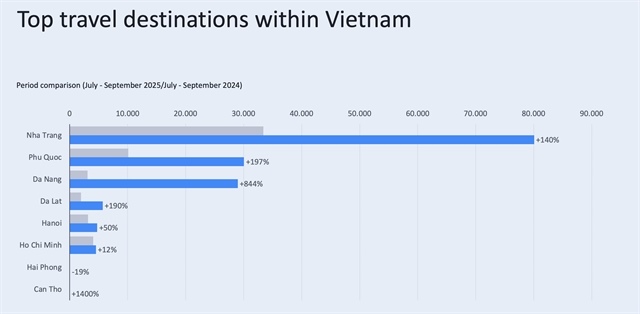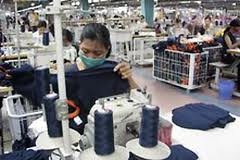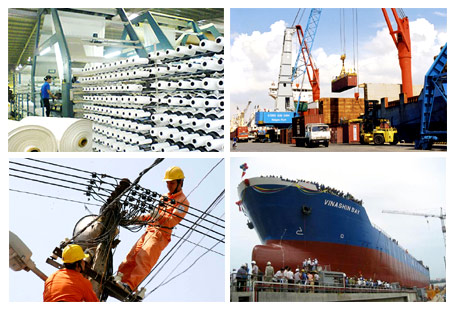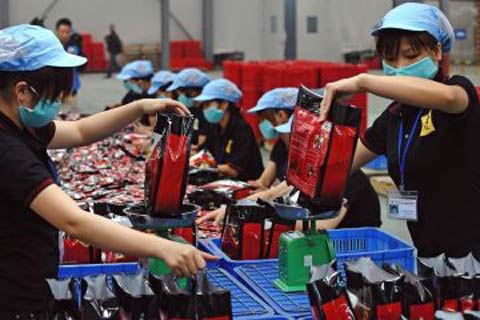Vietnam’s manufacturing indicator on a decline: HSBC
Vietnam’s manufacturing indicator on a decline: HSBC
Vietnam’s manufacturing slowdown continued for the third month in a row in June despite distinct reductions in output prices due to weaker demand and falling raw material costs, said a report from the Hong Kong – Shanghai Banking Corp (HSBC).
The slowdown was highlighted by a drop from 48.3 in May to 46.6 in June in the seasonally adjusted HSBC Vietnam Manufacturing Purchasing Managers’ Index (PMI).
The PMI dropped from 49.5 in April to 48.3 in May, its lowest level for three months, and from 50.0 in March to 49.5 in April, signaling that overall business conditions worsened slightly over the month, following stagnation during the previous survey period.
The latest PMI data pointed to further worsening of business conditions across the Vietnamese manufacturing sector, and was the sharpest decline since February, said the report compiled by HSBC-appointed partner, Markit.
The index has now posted below the neutral 50.0 value for three months running, beginning in April.
Worsening situations
The overall deterioration in business conditions reflected a marked decline in new order intakes in June, said the report.
Incoming new business fell for the second successive month at the same high rate as was seen in May, both of which were the fastest since the survey began in April 2011.
Anecdotal evidence widely suggested that the global economic slowdown had resulted in a squeeze on spending among clients.
The latest data pointed to a marginal reduction in new export work, which was attributed to softer demand from both developed and emerging markets.
Lower levels of new orders resulted in reduced production requirements in June, with output volumes declining for the third consecutive month, and at the steepest pace since February.
Manufacturers sought to utilize spare capacity in June by reducing their levels of work-in-hand.
Outstanding business dropped at a rate that tied for the fastest pace in 15 months of data collection.
Post-production inventory levels increased at a solid rate in June, reversing the downward trend seen in May.
A number of manufacturers noted that lower-than-expected sales had resulted in a buildup of unwanted inventory.
This in turn encouraged efforts among firms to alleviate pressure on working capital by reducing their input buying.
June’s data also signaled a sharp drop in purchasing activity and a steeper fall in pre-production inventories than was recorded in May.
Softer demand and lower production levels led to a decrease in employment numbers in June, thereby ending a three-month period of net job creation.
Manufacturers mostly noted that lower workforce levels were achieved by the non-replacement of voluntary leavers, rather than forced staff departures.
Input, output prices down
Average input costs meanwhile fell for the first time since January, and at the most marked pace since the survey began in April 2011. Reports from survey respondents frequently mentioned lower oil-related prices as a major reason behind the lower costs.
Output charges in the manufacturing sector were also reduced in June, and at a much faster pace than that registered during the previous month.
“The continued slowdown of manufacturing activity suggests that businesses continue to face tough operating conditions in Vietnam. Demand is low both internally and externally,” said Trinh Nguyen, Asia Economist at HSBC.
“Prices are continuing to decelerate due to low demand and commodity prices, as indicated by the drop in input prices.”
“The SBV lowered rates in the first half of the year by 400bp to spur spending in Vietnam. This is likely to filter through in the second half, boosting economic activity,” said Trinh Nguyen.
tuoitrenews






















